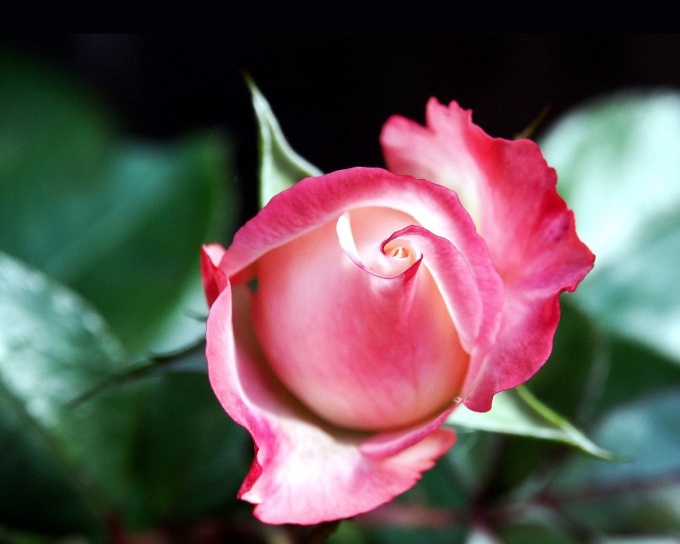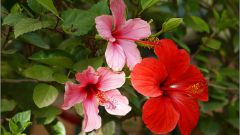You will need
- - soil;
- - fertilizers;
- planting material;
- water;
- - shovel;
- - watering.
Instruction
1
Dig site at the depth of the pin shovels. Roses do not like heavy clay soils, and therefore, if you have these, make the river sand. This technology will not only improve air circulation, which is expected to improve development of the root system, but also a positive impact on the drainage properties of the soil. If the earth in your area has a high acidity, proizvestkovat her. Usually, liming produce for six months before planting the roses. Another tip: do not make lime and organic fertilizer together. It is desirable that between their introduction has passed 4-5 months, otherwise, the benefits of each will be offset.
2
To fertilize the soil with manure or compost with soil. Grows well home rose and on soils rich in earthworm castings – the waste product of earthworms. Together with organic mineral fertilizers make: 10 g of double superphosphate and 5-7 g of potassium salt per each sq. m. plot. Nitrogen (urea, etc.) fertilizer when transplanting roses is better not to make, because they lead to a redundant set of green mass and not the best way affect the formation of flower buds. If in the future, by selected characteristics of plants understand that it is a lack of nitrogen will make it with the next watering.
3
Dig out a rose Bush with a sufficient ball of soil. To make it better in cloudy or even rainy day. Digging, be careful: the rose can "be capricious" even if damaged a small peripheral roots. Like draw a square around the Bush, and then buried the pin shovels penetrate the ground to a depth of the root and carefully pull out this kind of excavation CC
4
Make the landing pit of the appropriate size, pour in 3 liters of water and put home a rose so that the root neck Bush certainly remained above the surface of the site. Repeat watering, this time using the divider for a watering can, then tree trunks over mulch with sawdust, shavings, expanded clay or other suitable mulching material. Further agricultural care is to protect from harmful insects, fertilizing, watering and hoeing. If necessary podesavate bushes and additionally cover the soil with mulch.




